Develi
Develi is the largest settlement in Kayseri province after the city center and is located in the Middle Kızılırmak Section of the Central Anatolia Region. Its old name is Everek. It was established 6 km south of Mount Erciyes. Today, there is Tomarza district and Tufanbeyli district of Adana province in the east, Yahyalı district and Saimbeyli and Feke districts of Adana province in the south, Yeşilhisar district in the west, and İncesu district in the northwest. Develi, which was connected to Kozan until 1926, was connected to Kayseri when the province of Kozan was converted into a district in 1926. The district is 45 km away from Kayseri via the Tekir Plateau route and 86 km away from the İncesu route, and is the largest district of Kayseri. Its surface area is 1887 km² and its altitude is 1150 meters above sea level. The largest mountain is Mount Erciyes, which is the symbol of Kayseri. Additionally, Karasivri Mountain, Büyük Kartın (Peri Kartın), Göktepe (Yeşil Tepe), Sümengen (Süvegen) and Bakır Mountain are also within the geography of Develi. The most important rivers are Zamantı River, the largest tributary of the Seyhan River, Develi Stream (Fenese Stream), Elbiz and Köşkpınarı. The most important lakes are Kurbağa Lake and Sultan Sazlığı. The historical name of the town is Everek, and it is called Averak (ruin, ruin) in Armenian. The historian and geographer who lived in the fourteenth century gives the name of the butcher Mustawfi as Davalu. According to him, it was a medium-sized city and the Seljuk Sultan Alaeddin had its walls rebuilt. In the work titled Cihannümâ, written in the seventeenth century, the town name is mentioned as Davahlu. According to historical sources, cultural traces of civilizations that lived between 2500-2000 BC were found in Develi. There is still a need for scientific research in Develi, which has hosted many civilizations throughout the historical process between the Copper Age, Bronze Age and Seljuk Period. It is known that after the Turks entered Anatolia in 1071, the Develioğulları tribe, one of the Oghuz tribes, settled in the region. When Develi, the nephew of the Seljuk Sultan Alparslan, conquered the current Develi region, it was added to the Seljuk lands, and the name of the town remained Develi. There is still Devali's tomb. The district, which was annexed to the Ottoman lands during the reign of Sultan Mehmet the Conqueror, took an active role in a front where important struggles took place, such as the Haçin front, during the Turkish War of Independence. Kanberli Osman Bey, Osman Coşkun Bey, Yakup Kenan Bey, Hadi Bey, Paşazade Osman Bey, Op. Dr. Heroes such as Osman Bey, Atıf Bey, Numan Efendi (Black Mufti), A. Hazım Bey and Veli Civan Bey are also from Develi. Many important historical artifacts have survived to the present day in the district, which has experienced such an extensive historical process. These are Sivasi Hatun Mosque, Devali Tomb, Seydi Şerif Tomb, Hızır İlyas Tomb, Şeyh Ümmi Tomb, Ebçe Sultan Tomb, Hamidiye Madrasa, Havadan Social Complex, Gereme Ruins, Çomaklı Underground City, Şahmelik, Ayşepınar, Tombak, Develi and Gazi, Develi Town. There are many historical monuments such as Rock Carved Caves, Inscribed Rocks of Euphrates, Öksüt Castle. A view from Şeyhli Lake in the district (May 2020) Continental climate prevails in the district. Summers are hot and dry, winters are cold and snowy. Precipitation occurs mostly in spring and autumn. Hoarfrost and frost are observed on calm and clear days of spring and autumn. These events negatively affect agriculture. The average rainfall amount is 366.6 mm. Steppe vegetation generally dominates the district's territory. Although there are occasional forest areas in the higher elevations, it is generally covered with steppe and shrubs. Orchards for fruit growing are developed in the district. According to TÜİK 2009 data, the population of the city center is 36,439, the population of the villages is 29,105, and the total population is 65,544. The annual population growth rate is 6.24 per thousand in the city center and -10.72 per thousand in the villages, and a total population decrease of -2.69 per thousand is observed. Apart from Develi, there are more than 300,000 people from Develi, especially in Istanbul and Ankara.
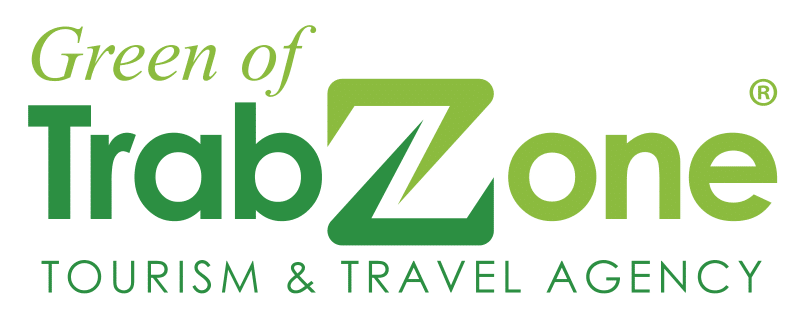



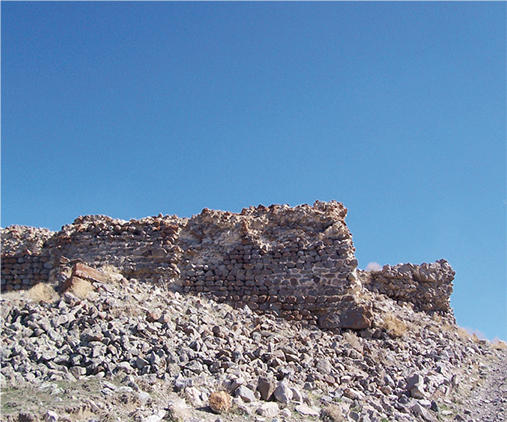
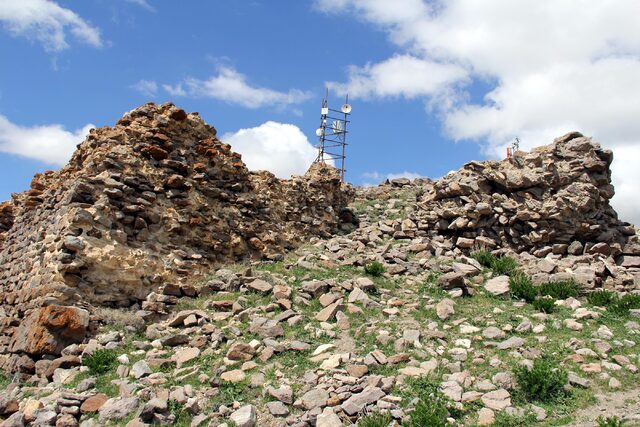
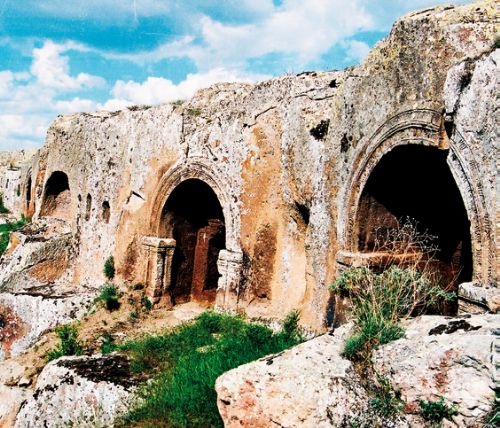
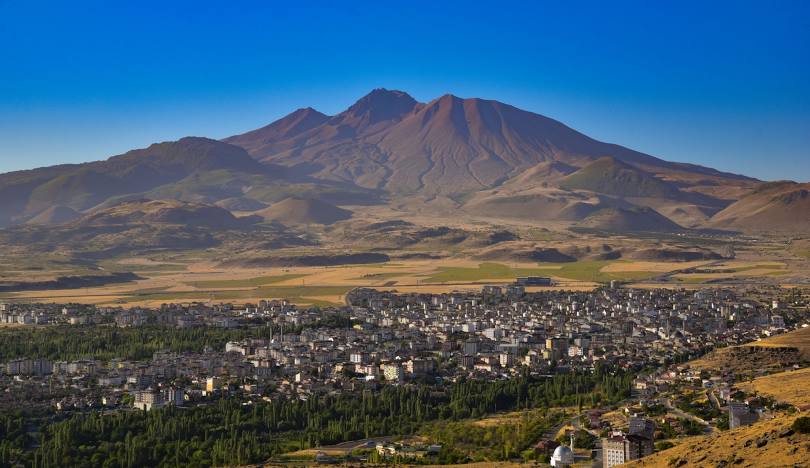
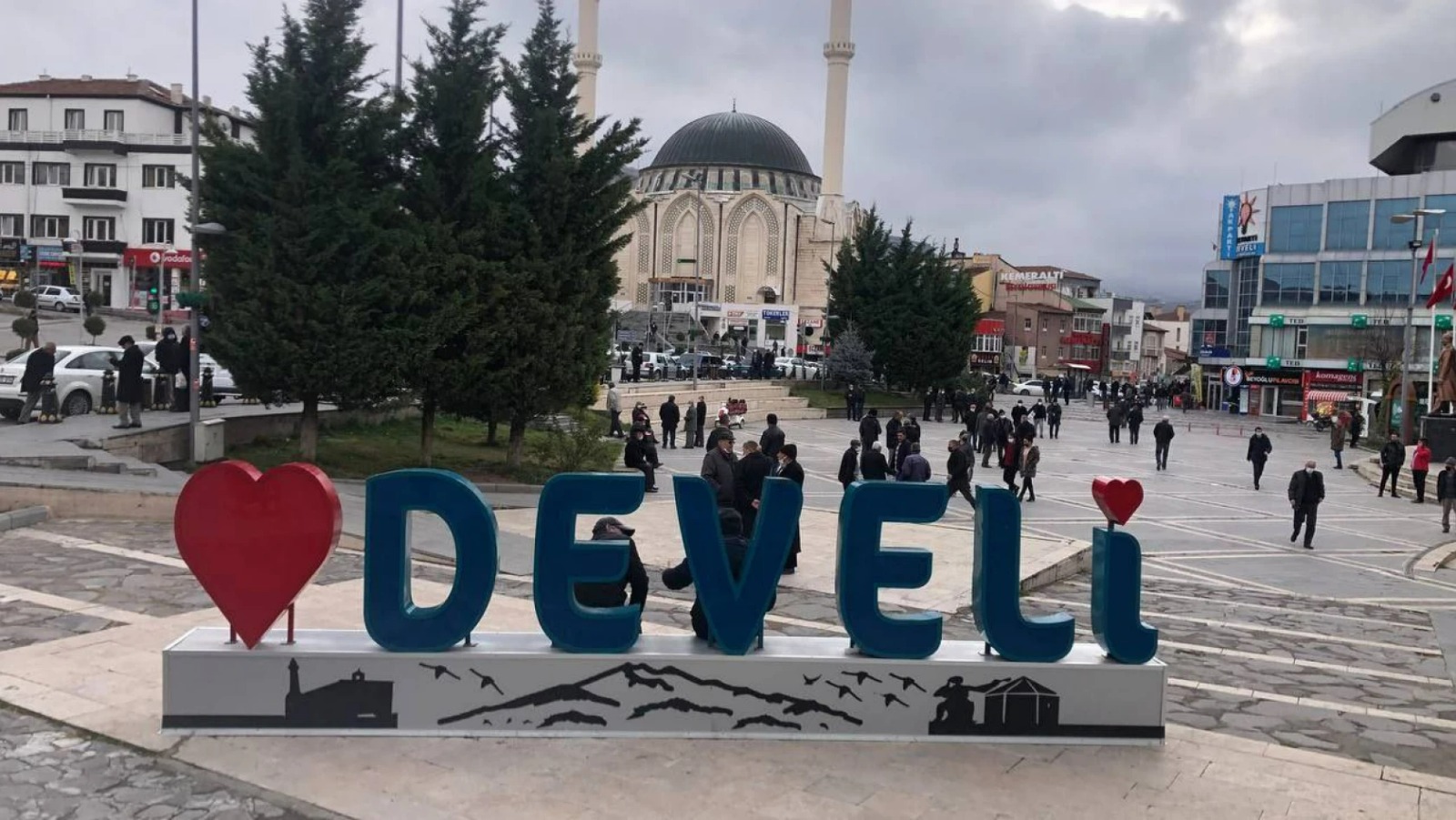
Leave Your Comments